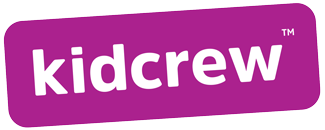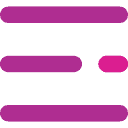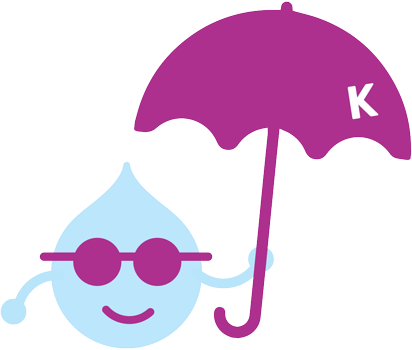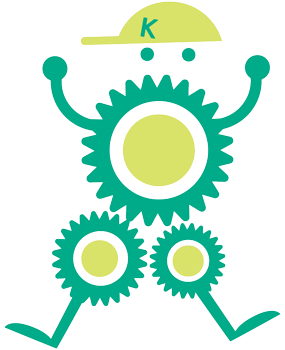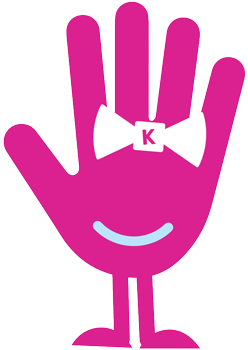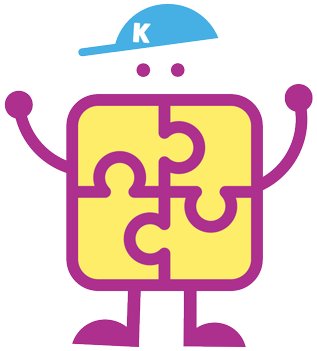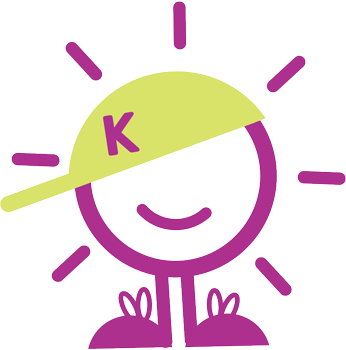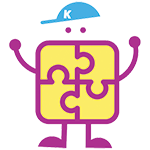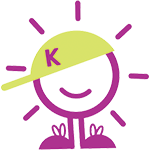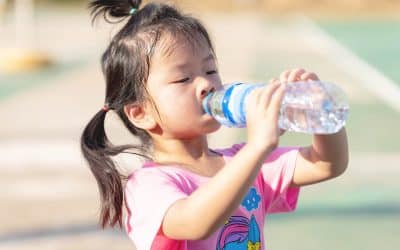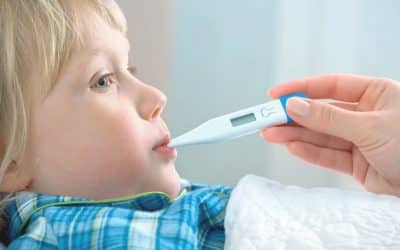Nipple pain from breastfeeding is common
Many people experience some nipple pain from breastfeeding or chestfeeding or cracked nipples from breastfeeding or chestfeeding. Mild nipple pain is expected and should fade in a few days. As you continue breastfeeding or chestfeeding your baby, the experience should become more comfortable.
However, you may continue experiencing nipple soreness when breastfeeding. Some people notice that their nipples become painfully sore, chapped, or even bleed.
Several factors may contribute to sore nipples, including a poor latch or incorrect breast pump use. In addition, it may result in early weaning and a low supply of breast milk.

Baby’s Mouth
There are many reasons that breastfeeding might become painful. For example, a baby’s mouth can chafe against your nipple, causing soreness and a milk blister to form.
Milk blisters are white spots on or around the nipples caused by friction from a poorly latched-on child during feeding time.
Nipple Pain
Women’s nipples can become sore for a number of reasons, such as tight clothing, rashes, and infections.
Soreness during periods of pregnancy is very common, but breastfeeding also brings about pain in the nipple region due to milk ducts that may get blocked, causing irritation and inflammation.
Sore Nipples
Breastfeeding can be a difficult process, especially in the beginning. However, mothers should not ignore any signs of pain because it indicates an underlying issue that needs attention before anything gets worse.
Breast soreness and tenderness are common during the first few days but will improve over time with proper latching technique from baby and finding a position that works best for both mother and child.
Cracked Nipples
Cracked nipples often result from sports and breastfeeding. They are characterized by red, irritated, scabbed skin on or around the nipple, caused by chafing during these activities.
Using gentle creams or moist wound healing creams to treat it can help prevent further damage while avoiding harsh soaps, chemicals, and tight clothing will also aid in the recovery of sore or cracked nipples.
Here are some of the ways to treat cracked or bleeding nipples from breastfeeding:
Warm Compress
If you have nipple pain from breastfeeding, consider using warm, damp compresses to soothe the cracked nipples.
To do this, get a clean washcloth and dip it in warm water. Then, squeeze out the excess water and place it over your nipple for a few minutes. You can try this several times a day.
The soothing water can help to minimize the pain. However, if you find your nipples are getting more cracked or irritated from this technique, consider allowing your nipples a chance to dry, as wetness can sometimes cause more irritation (like licking your lips).
Change Nursing Pads Frequently
Be sure to change your nursing pads immediately when you notice that they are getting damp.
Allowing moisture to accumulate on your nipples may delay the healing. Make sure your nursing pads are made from 100% cotton material.
Synthetic materials can hold more moisture on the skin, leading to more irritation. Also, avoid pads containing a plastic lining as the plastic usually obstructs airflow.
Use Freshly Expressed Breast Milk
Applying freshly expressed breast milk offers antibacterial protection to your nipples and will aid in healing.
Breastmilk is right there, ready to help you heal, making it easy for you to apply after breastfeeding or chestfeeding your child.
Ensure that your hands are clean before you gently express a little milk. Next, apply the milk to your nipples and areolas, and allow it to dry. When the milk dries (air-dry), cover your nipples with a breast pad or your bra.
Rinse with Salt Water
Follow the following procedure:
- Add ½ teaspoon of salt to eight ounces of warm water and stir.
- Place the solution in a bowl and soak your nipples in it for one minute.
- A squirt bottle can also help to spread the saline solution to every part of your nipple.
It is essential to make a fresh saline solution every day to minimize the risk of bacterial infection. Additionally, rinse your nipples with clean water before breastfeeding, as the baby may not like the salty taste.
Use Medical Grade Lanolin Ointment
Lanolin or natural ointments made for application by breastfeeding and chestfeeding parents will help heal breast pain. Apply after your feed your baby.
All-Purpose Nipple Ointment
New parents often as for this ointment when they have cracked nipples from breastfeeding. It is a mixture of antibiotics (mupirocin), topical steroids (betamethasone), and anti-fungal powder (miconazole).
We suggest applying sparingly to the nipples, enough to make them shiny. It is safe for babies and has been used for decades to help heal painful, chapped, and even bleeding nipples.
Keep them Covered
There are commercial products available such as Silverrette’s and breast shells that can be worn inside the bra to protect nipples from chafing, and some can collect excess breast milk.
Bottom-Line
Nipple pain from breastfeeding can be quite uncomfortable and can make your feeding experience less enjoyable.
Treating nipple soreness when breastfeeding or chestfeeding can be a challenge because you want to ensure that whatever you apply will not affect your baby or your milk supply.
Be wary of using products that should not be ingested because they can harm your baby. Luckily there are plenty of options to treat damaged nipples.
If you have pain from breastfeeding or chestfeeding, please discuss with your healthcare provider or International Board Certified Lactation Consultant to ensure your baby latches and feeds well.
FAQs – Frequently Asked Questions
Is it normal to have cracked nipples from breastfeeding?
Nipple pain from breastfeeding is very common. It can be a sign of a poor latch, and it is worth discussing with an International Board Certified Lactation Consultant to ensure the baby is latching well and ensure your nipples get a chance to heal.
What can I put on my cracked nipples?
Consider applying warm compresses, freshly expressed milk, nipple ointment, or prescription cream to your nipples to help them heal.
My nipples are damaged and tender. What can I cover them with?
Many products on the market can help cover your painful nipples, including breast shells and Silverettes. If you are experiencing nipple pain from breastfeeding or chestfeeding, please discuss with your healthcare provider and International Board Certified Lactation Consultant to ensure you have the best latch.
How do I heal my flat or inverted nipples?
Try reverse pressure softening, also use a tool if necessary, and apply a breast shell.

